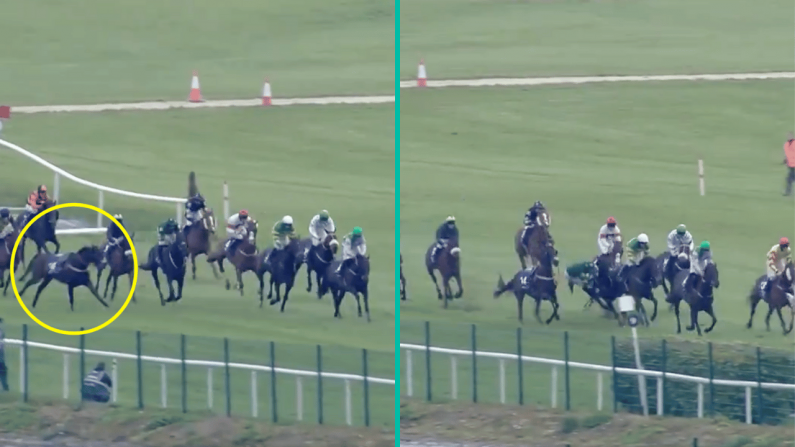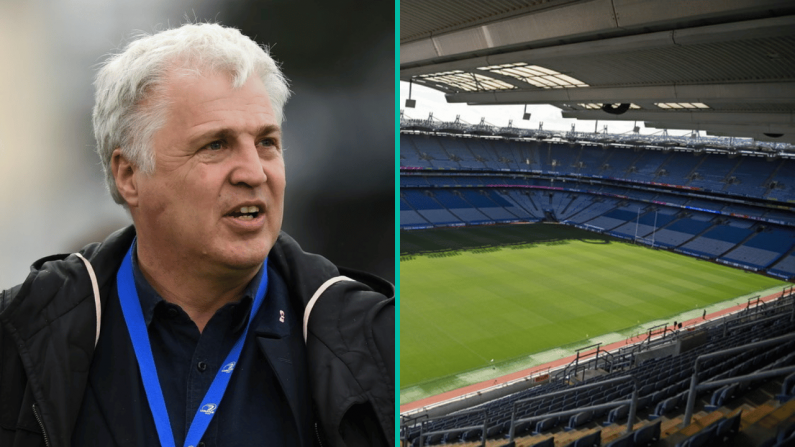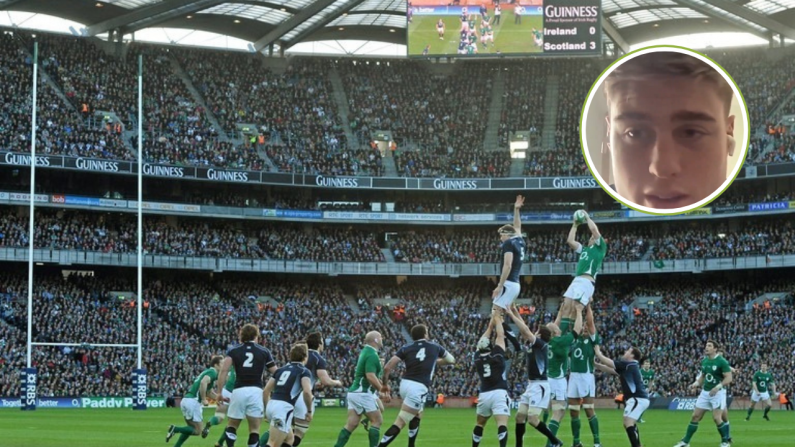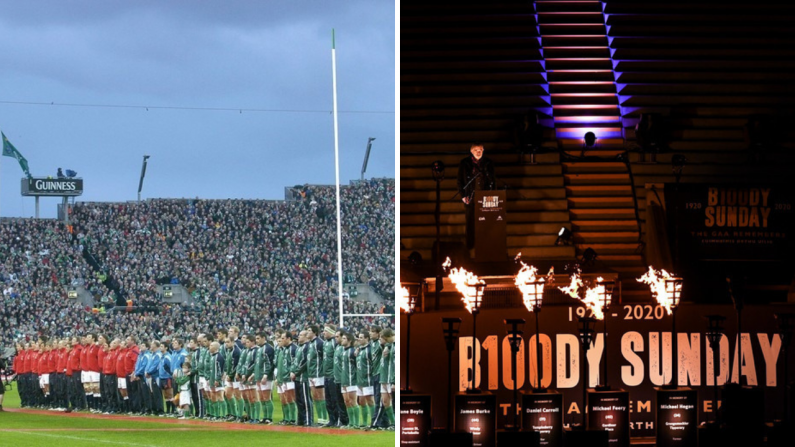It's very hard to win rugby matches without tries. It's very hard to score tries without linebreaks. So how do you convert linebreaks into tries?
Ireland under Joe Schmidt are very good at creating space outside the opponent's 22 - with moves like the Johnny Sexton loopTM, and the inside ball directly that exposes bad ruck defense. But once the cover defense prevents the initial break from going all the way to score, Ireland struggle to convert the chance.
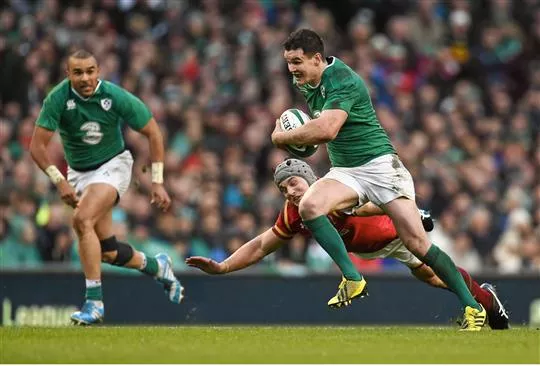
There's an over-reliance on one-out runners with Ireland to continue the momentum against the retreating defense, but that's not what they should do.
How To Convert Linebreaks Into Tries
Two Passes. That's the key. Retreating defenses will look to secure the ruck, and the areas around the ruck first - that's where the biggest threat is.
That's why there needs to be two passes. At least two anyway - to put the ball out wide where the defense wouldn't be at it's strongest. We saw some epic defense from Wales against Ireland in 2015 - but Ireland didn't do the right things when they get the initial line break from Paul O'Connell. The break occurs just after the first minute of the clip below, but Ireland immediately revert back to one-out runners, and the immediate momentum is lost. It's as if Ireland only rely on moves to create space as a last resort, but it's what works the best.
The idea is to move the ball quickly before the defense can get set. The same principle works for turnovers, and it's why offloads after line-breaks work even more effectively. Watching New Zealand is an education in that. After turning the ball over in the 2015 Rugby Championship against Australia, they made the linebreak. They then make passes to identify the space, creating another line-break for Dan Carter who puts Dane Coles through to score:
So when Ireland actually put some passes together after a line-break, this is what can happen:
Ireland looked a lot more threatening with ball in hand because they passed more out the backline. You do need forward carriers at times yes, but an over-reliance on one-out runners makes teams predictable.
Hopefully they've turned a corner, and have learned how to convert linebreaks into tries.
See Also: VIDEO: One Of The Best Tries Of The Year Has Been Disallowed In The Leinster Schools' Cup Final
Picture credit: Ramsey Cardy / SPORTSFILE





